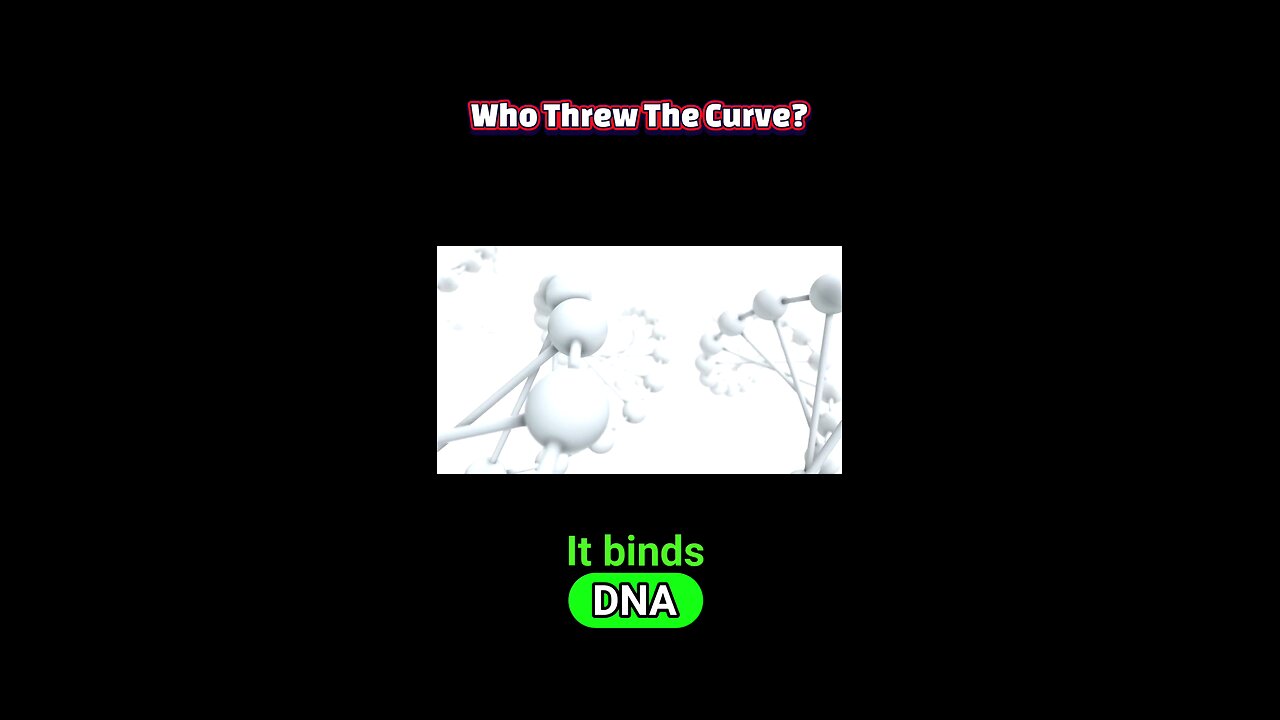Premium Only Content

Is FOXP2 the Mythical “Language Gene”? The Surprising Science
#FOXP2 #LanguageGene #GeneticsExplained #Neuroscience #BrainGenes #VocalLearning #ScienceMythbusting #GeneDiscovery #BrainScience #ScienceYouTube
Ever met a gene so famous it’s dubbed the “language gene”? That’s FOXP2. But it’s not magic, it’s a transcription factor that fine-tunes circuits for vocalization and motor learning. Let’s dig into the real science behind the hype.
FOXP2 shot to stardom in 2001 when researchers investigated the KE family. Several members suffered from childhood apraxia of speech, struggling to coordinate mouth movements, and all shared a single mutated FOXP2 copy. Cue the “language gene” headline.
Here’s the deal: FOXP2 belongs to the forkhead-box family of transcription factors. It binds DNA and flips switches on dozens of downstream genes, many critical for brain wiring and synaptic plasticity. In short, it’s a master regulator.
In mammals, FOXP2 is most active in the basal ganglia and cerebral cortex, regions that translate thought into precise motor actions. That includes the jaw, lips, and tongue gymnastics we need to articulate every “ba,” “da,” and “ga.”
When FOXP2 mutates, its DNA-binding ability or protein stability falters. Neural pathways can mis wire, leading to the hallmark speech errors of apraxia: mispronunciations, stuck syllables, and frantic mouth groping.
Is FOXP2 human-exclusive? Hardly. It’s conserved across vertebrates. Yet humans differ by two amino acids compared to chimps, and those tiny tweaks seem to boost neural connectivity in speech-related regions of our brains.
Enter the “humanized” mouse: engineered with our FOXP2 variant. Researchers observed quicker synaptic plasticity, altered dopamine signaling, and shifts in ultrasonic vocalizations. A glimpse at how small genetic edits ripple into behavior.
Songbirds tip their hats to FOXP2 too. Zebra finches express it during song-learning windows, and knocking it down derails their ability to mimic adult tunes, the avian parallel to our language acquisition. Vocal learning isn’t just a human party.
Of course, FOXP2 isn’t a lone star. It’s pleiotropic, vital for lung branching, heart development, even certain cancers. And real-world language? That’s a polygenic symphony, woven with countless genes plus social, cognitive, and environmental threads.
So is FOXP2 the mythical “language gene”? Nope. It’s a crucial cog in the machinery of vocal learning and motor control, but not the whole engine. True language mastery springs from a chorus of genes, circuits, and lifelong experience.
-
 33:32
33:32
ZeeeMedia
1 day agoKidnapping Cover-Up, Unvaxxed Kids Healthier, EU's New World War | Daily Pulse Ep 105
22.5K28 -
 11:04
11:04
Nate The Lawyer
3 days ago $7.34 earnedJudge, Mayor & 13 Democrats Arrested In Massive Mail-In Voter Fraud Scandal
25.4K41 -
 50:15
50:15
daniellesmithab
1 day agoKick-Starting Careers for Young Albertans
17.4K1 -
 39:01
39:01
Stephen Gardner
18 hours ago🔥This Will Leave You FURIOUS... What’s Really Going On?
77.2K143 -
 19:33
19:33
DeVory Darkins
20 hours ago $13.84 earnedBREAKING: Charlie Kirk's shooter in custody after making chilling confession
45.7K164 -
 2:12:43
2:12:43
TimcastIRL
13 hours agoErika Kirk Addresses Public After Charlie Kirk Assassination, Live Coverage | Timcast IRL
437K445 -
 30:59
30:59
The Charlie Kirk Show
13 hours agoCharlie Kirk's beloved wife, Mrs. Erika Kirk addresses the Nation.
587K1.71K -
 1:53:28
1:53:28
Man in America
21 hours agoLIVE: Assassin Arrested? Civil War? Are We Being Played?? | LET'S TALK
129K203 -
 2:10:33
2:10:33
Badlands Media
18 hours agoOnlyLands Ep. 24: Processing Tragedy, Cancel Culture, and the Next Spark
89.8K33 -
 2:27:53
2:27:53
TheSaltyCracker
13 hours agoGot Him ReeEEStream 9-12-25
307K468